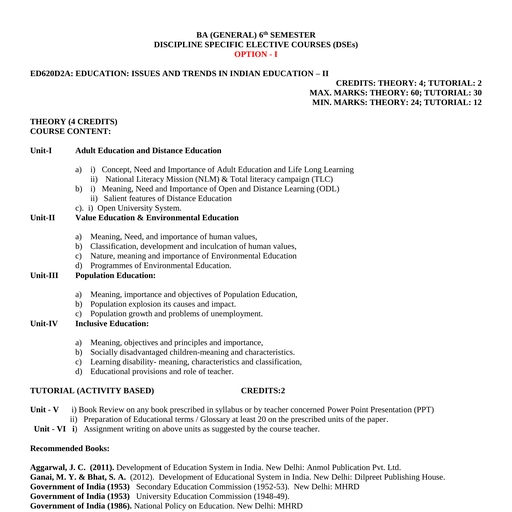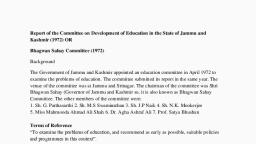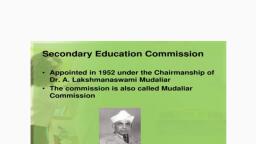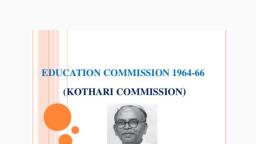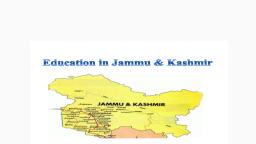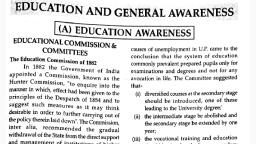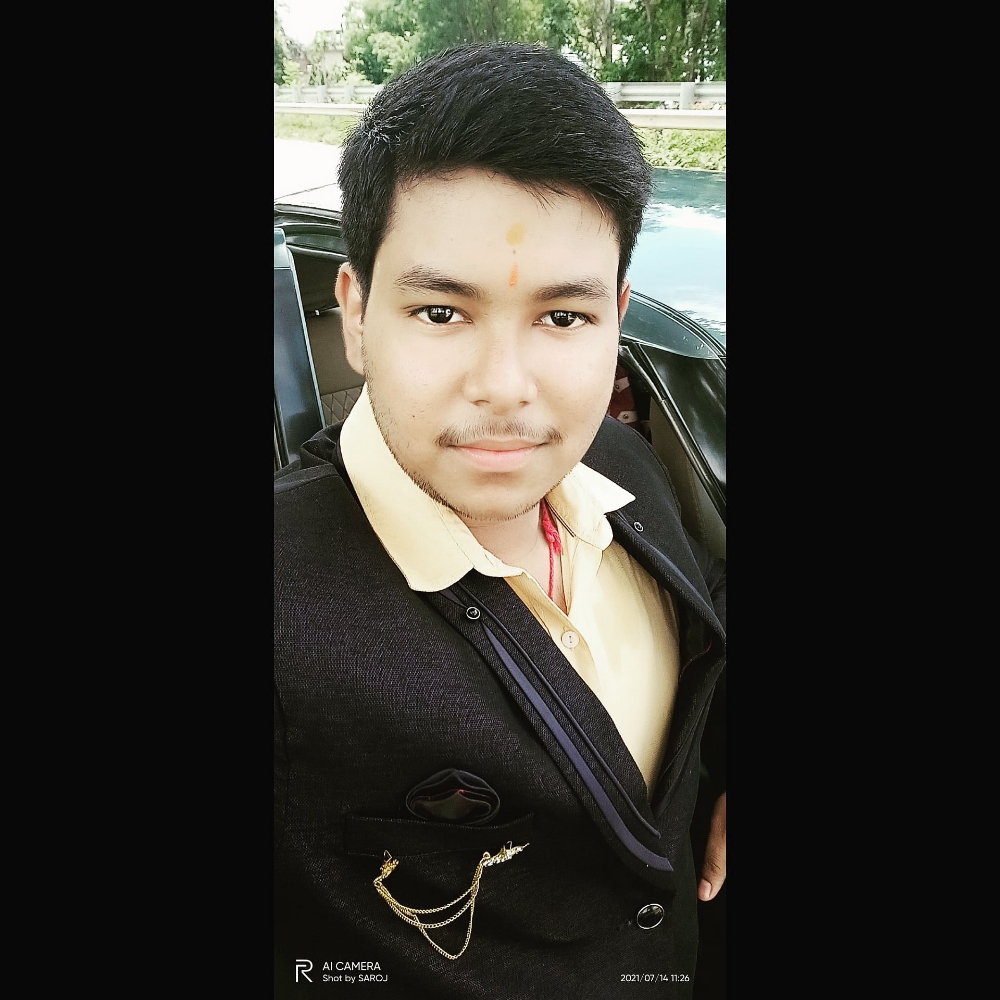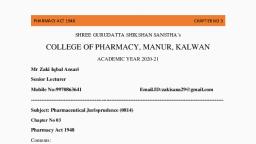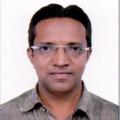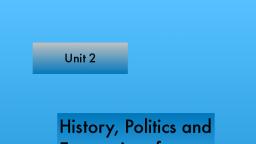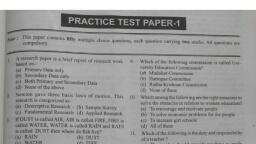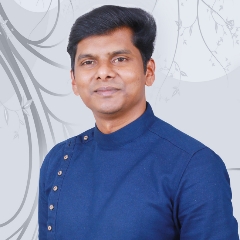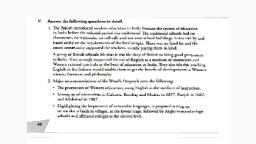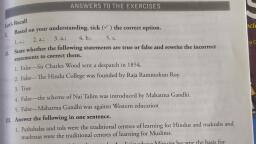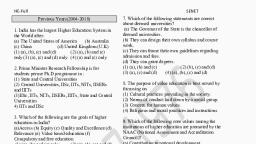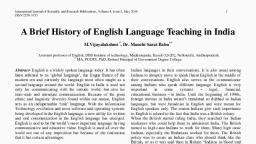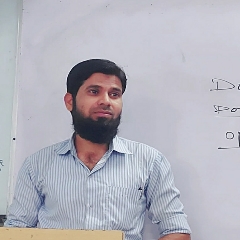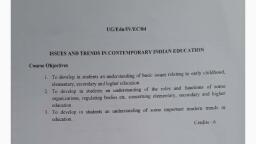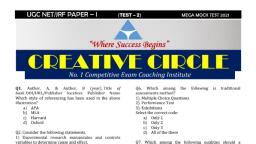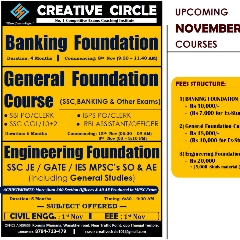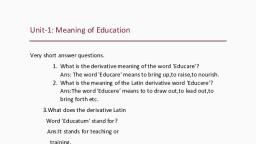Page 1 :
UNIVERSITY EDUCATION COMMISSION 1948-49, , After independence, the first significant step taken by the Government of India in the field of, education was the appointment of the University Education Commission in 1948 under the, Chairmanship of Dr. Sarvapalli Radhakrishnan. The Commission was appointed to look into the, problems and prospects of Indian University Education and to suggest improvements and, extensions that might be considered desirable to suit the present and future requirements of the, country. The Commission was appointed in November, 1948 and it submitted its report in, August, 1949.Dr. Radhakrishnan was the Chairman of the Commission so, it is also known as, ‘Radhakrishnan Commission’. There were 10 members in the commission. It prepared a, questionnaire which was sent over to about 600 persons who mattered in the field of education. It, interviewed administrators, organizations of the students and educationists. Thus it tried to gather, information regard to almost every aspect of university commission., Aims & Objectives of the commission :•, •, •, •, , The universities have to provide leadership in politics, administration, education, industry, and commerce., The aim of university education should be to produce intellectual adventures., One of the main functions of the universities is to bring about the spiritual development, of the students., Education should discover the innate qualities of a person and develop them through, training.
Page 2 :
Faculty in Universities: The University Education Commission has emphasized that the teacher, plays a vital role in the education system; therefore, an adequate faculty with required, qualifications are necessary to discharge many types of duties in a university or in a college. The, university Education Commission recommended that proper care should be taken in the selection, procedure of a teacher for the appointment as a professor, reader, lecturer and an instructor as, well as for his or her salaries. Each university should have some research fellows. Besides theses,, definite rules regarding the Provident Fund, leave and hours of work should be followed by a, university., Teaching Standards: The following are some of the recommendations that were made by the, University Education Commission in 1948-1949:, •, , •, •, •, •, , •, •, •, •, , The standard of admission to the university courses should correspond to that of the, present intermediate examination, i.e. after the completion of 12 years of study at a, school and an intermediate college., That in each province a large number of well-equipped and well staffed intermediate, colleges be established., That in order to divert students to different vocations after 10 to 12 years of schooling, a, large number of occupational institutes be opened., That refresher courses be organized by the universities forteachers., That to avoid overcrowding at universities and colleges the maximum number in the Arts, and Science faculties of a teaching university be fixed at 3,000 and in an affiliated college, at 1500., Increasing of working days to 180 in a year exclusive of examination days,, That lectures be carefully planned and supplemented by tutorials, library works and, written exercises., That there be no prescribed text-books for any courses of study., That attendance at lectures be compulsory for under graduate students as at present., , Research and Training: The regulations for Master of Arts and Master of Science should be, uniform in all universities of India. The admission procedure as well as the process for enrolling, in Ph.D. degree should be arranged on an all India basis. D.Litt. and D.Sc. Degrees should be, awarded on published work of outstanding quality. A large number of Scholarship should be, provided for the research work to the university by the Ministry of Education. Fundamental, research should be the primary step for a u university., Professional Education: The University Education Commission has made some, recommendations regarding professional education and has divided it into the five aspects of
Page 3 :
education as Agriculture education, Commercial Education, Engineering and Technology, Legal, Education and Medical Education., •, , •, , •, , •, , The Commission emphasized that agriculture education should be recognized as an, important national issue and the study of the subject of agriculture should be introduced, in all stages of education i.e. primary, secondary and higher level., Regarding Engineering and Technology, the Radhakrishan Commission recommended, the inclusion of the general education and basic physical engineering science in the, engineering courses. Besides these, the Commission also suggested that the number of, engineering schools and colleges should be increased, the existing engineering colleges’, should be upgraded for post graduate training and research in selected subjects and they, should be closely associated with the universities., In the context of Legal Education, the commission suggested that the law colleges should, be thoroughly re-organized. Students pursuing degree courses in law should not be, permitted to carry on other degree courses simultaneously., Regarding Medical Education, the commission recommended that the maximum number, of admission should be 100 and that all the departments of the study which require, hospital facilities should be located in a single campus. There should be 10 beds for each, student. Post-graduate training should be offered in certain well staffed colleges., , Religious Education: The University Education Commission 1948 who recommended religious, education in the colleges that•, •, , •, •, , All educational institution start work with a few minutes for silent meditation., That in the first year of the degree course the lives of great religious leaders like Gautama, the Buddha, Confucius Zaroaster, Socrates, Jesus, Sankara, Ramanuja, Madhava,, Mohammad, Kabir, Naik, Gandhi be taught., That in the second year some selections of a universalistic character from the scriptures, of the world be studied., That in the third year, the central problems of the philosophy of religion be considered.”, , Medium of Instruction:, •, •, •, •, , Hindi is likely to be the language of the union and so it was suggested that steps should, be taken for its development at the earliest., In order to get the fullest benefit of higher education, English, as the medium of, instruction., Steps should be taken to develop regional languages and the federal language, It suggested use of Devanagri script., , Students’ Activities and Welfare:, • All universities must have hospital and health service.
Page 4 :
•, •, •, •, •, •, , Sanitary inspection of the campus buildings, hostels, dining rooms, kitchens and offcampus residences must be undertaken in a university., Competent staff should be provided for compulsory physical training and a regular time, should be assigned for the purpose., Social service should be encouraged and it should remain on a completely voluntary, basis., All students should receive N.C.C. training., Students union should be free-form he political motives and activities., An office of the Dean of Students should be set up in colleges and universities., , Women Education: Regarding the women education, the Commission suggested for providing, the same facilities to the women colleges and universities as provided to men’s colleges and, universities. The curriculum should also be prepared for them, considering them as both women, and citizens., , Examination or Evaluation System:, •, •, , •, •, •, , •, , Objective type of examinations should be held in place of essay type examinations., Every university should have a permanent full time board of examiners with some, assistants to do the clerical job. the hoard will advise the university in devising and, constructing objective tests., Class work should be given due credit and importance. At least one third of the marks, allotted to a particular paper should be reserved for this purposc, Only such persons should be appointed examiners who have5 years of leaching, experience in the subject, Uniform standard of marking should he adopted 70% or more marks should be given the, rank of first class, 55% to 69% for the rank of second class and at least 40% for a the, rank of third class., Viva-voce examination should be employed only for professional and post graduate, degrees.
